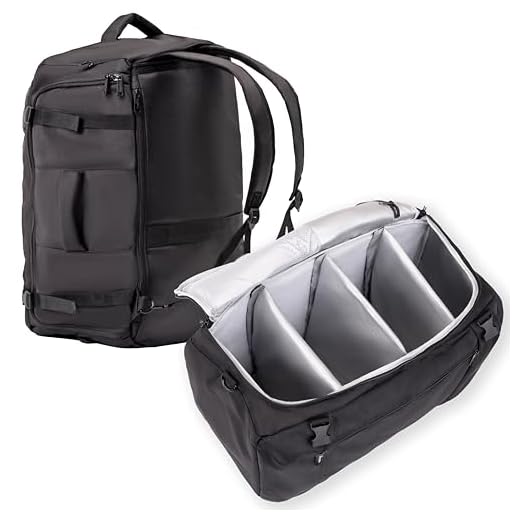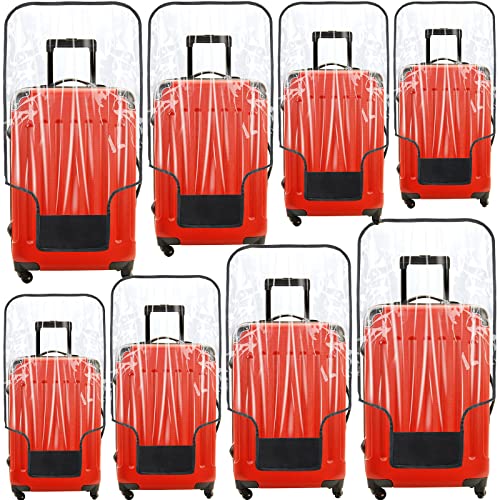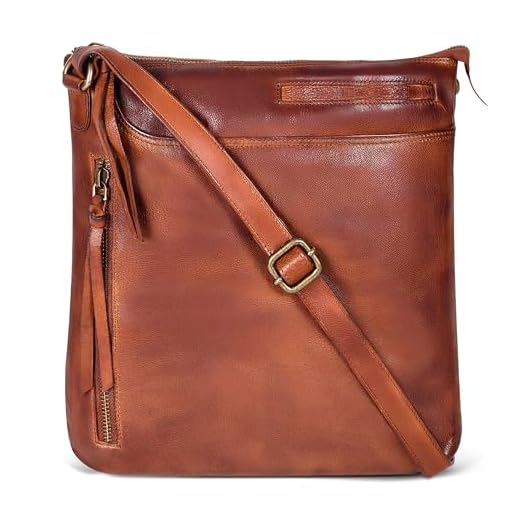
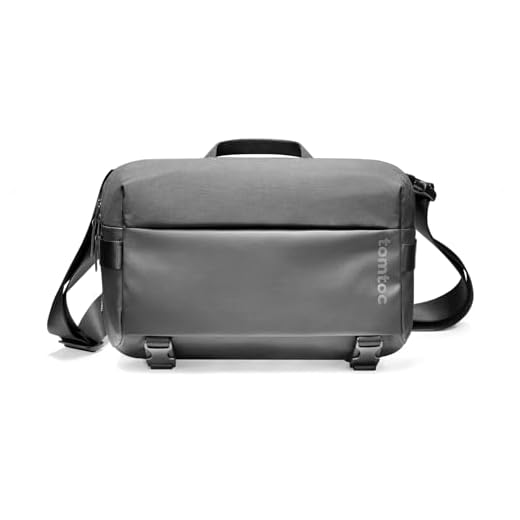
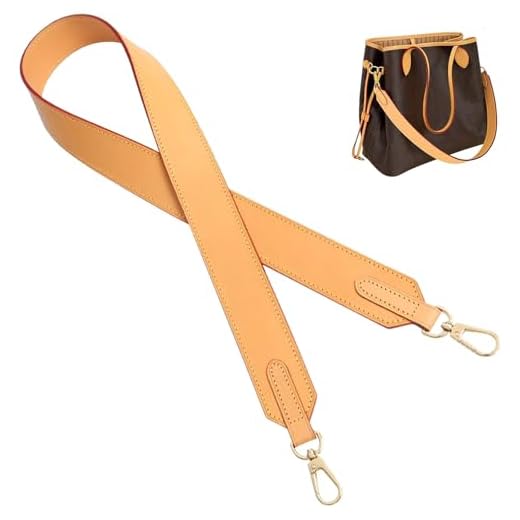

Position the strap across your torso, allowing the pouch to rest comfortably at your hip or lower back. This alignment not only provides easy access but also distributes weight evenly, reducing strain on your shoulder.
Ensure the strap length is adjustable, allowing you to modify the fit according to your height. A too-short strap may pull awkwardly, while an overly long one can create an unbalanced look.
For a streamlined appearance, choose a pouch that complements your outfit. Opt for neutral colors or simple patterns for versatility, while vibrant hues can make a statement. Pairing it with fitted or tailored clothing can enhance your overall look.
Lastly, consider securing any loose items inside with zippers or flaps. This not only protects your essentials but also maintains a sleek profile, keeping your accessories organized and easily accessible.
Wearing a Crossbody Purse with Precision
Ensure the strap rests comfortably across your body, with the pouch positioned at your hip or lower back for stability and ease of access.
Adjust the length of the strap so it allows for a natural arm movement without obstruction. A longer strap typically provides a more relaxed style, while a shorter one can appear more structured.
Opt for a snug fit on your shoulder to prevent slippage. This is particularly important during activities or transit. Padding on the strap can enhance comfort and reduce pressure.
When placing the accessory, consider its weight distribution. Keep heavier items closer to your body’s core to maintain balance and alleviate strain on your shoulder.
Pair with an outfit that complements the bag’s design. For casual looks, styles like jeans and tees work seamlessly. For a more polished appearance, consider tailored garments that offer structure.
Experiment with positioning; shifting the purse to your side can create a chic silhouette while keeping essentials at your fingertips.
Finally, be mindful of safety–keep zippers facing your body and avoid overly bulky contents that can obstruct your movement.
Choosing the Right Size and Style for Your Needs
Select dimensions that accommodate your daily essentials without overwhelming your frame. Consider a compact version for minimal items like a tablet and wallet, and a larger option if a laptop or additional gear is necessary.
Dimension Guidelines
A width between 12 to 16 inches typically suits most individuals, providing ample space without being cumbersome. For height, aim for 10 to 14 inches, ensuring it aligns well with your torso to maintain balance. Adjustable straps can enhance comfort, allowing for a customizable fit across various body types.
Style Preferences
Opt for materials that match your lifestyle: durable canvas or leather options are ideal for routine use, while sleek nylon is great for a modern look. Colors and patterns should reflect personal taste and occasion; neutral hues offer versatility, while bolder choices can express individuality. Consider structural details like zippers and pockets for functionality that complements your activities.
Adjusting the Strap for Comfortable Fit
To achieve an optimal fit, adjust the strap so that the bag sits snugly against your body without feeling restrictive. The ideal positioning is typically around hip level, allowing for easy access to contents and even weight distribution.
Utilize the strap’s adjustability by pulling on the strap to either shorten or lengthen it. It’s advisable to try different lengths while standing straight and moving slightly to find the most comfortable setting.
If possible, test the fit while wearing layers. This will ensure that the setup remains practical in various scenarios. Check for any pinch points or pressure spots–these indicate a need for reevaluation in the strap length.
Consider the type of activities planned. For more active pursuits, a shorter measurement may provide better stability, while leisure activities might benefit from a looser fit.
Regularly reassess the adjustment, especially after adding or removing items from the interior. A well-fitted strap will enhance overall comfort and accessibility, making your experience much more enjoyable.
Positioning the Bag: Crossbody vs. Shoulder
The crossbody style enhances stability, distributing weight evenly across the body. This method is particularly useful for those engaged in activities requiring mobility or when navigating crowded spaces. To implement this, adjust the strap to allow the bag to rest comfortably on the hip, facilitating easy access with minimal strain.
Alternatively, the shoulder carry promotes a more casual aesthetic and enables quicker access to essentials. However, it may lead to uneven weight distribution, which can become uncomfortable over time. To mitigate this, consider switching sides periodically or opting for a bag designed with additional padding for improved comfort.
Ultimately, the choice between these two methods should align with your lifestyle needs and the specific function of the gear. For outdoor enthusiasts, pairing a reliable accessory, like a best sea fishing umbrella, can further enhance your experience by providing convenience and protection during your activities.
Packing Essentials: Balancing Weight Distribution
Avoid discomfort by ensuring even weight distribution. Keep heavier items close to your body’s center while lighter materials can be placed further away. This reduces strain on your shoulders and back.
Tips for Optimal Packing
- Position bulky items against your back for stability.
- Use compartments to separate items, distributing weight evenly.
- Limit the total weight; a packed load should not exceed 10% of your body weight.
Regularly assess what you carry. Determine necessary items, discarding avoidable extras. For example, if you don’t need an umbrella, consider alternatives like a best buy walking cane umbrella for a dual purpose without adding bulk.
Checking Weight Regularly
- Periodically remove items and reassess necessity.
- Weigh your contents on a scale for precision.
- Look for lightweight alternatives for frequently used items.
Maintaining balanced weight allows for ease of movement during activities. If you find yourself in restricted zones like those governed by city regulations, such as in NYC, ensuring your load is not burdensome can be key. For instance, check if are drones allowed in nyc to avoid carrying distractions in busy areas.
Maintaining Posture While Carrying a Messenger Bag
To prevent strain and discomfort while utilizing a shoulder carrier, maintain an upright stance. This posture will safeguard your spine and reduce fatigue over time.
Techniques for Proper Alignment
- Keep your shoulders relaxed and down, avoiding unnecessary tension.
- Engage your core muscles to support your back and improve stability.
- Align your ears with your shoulders; this reduces neck pressure.
- Ensure your head remains aligned with your spine, rather than jutting forward.
Adjustments During Use
- Take breaks to shift weight between sides, preventing fatigue.
- If walking for an extended time, switch to a crossbody position for balanced weight distribution.
- Monitor the position of the strap; it should stay above the shoulder joint for optimal support.
Regularly assess how your body feels while carrying your items. Adjust the style or position of the carrier as necessary to promote comfort and a healthy stance.
Styling Tips: Integrating the Bag into Your Outfit
Choose complementary colors that match your attire. For casual outfits, opt for neutral or earthy tones for an effortless look. If your ensemble is more formal, consider a sleek, darker shade for a sophisticated contrast.
Layer your clothing effectively. A fitted jacket over a loose shirt can create a balanced silhouette while providing functionality. This layering technique allows for easier access to essentials while still looking polished.
Play with textures. Combining a leather or canvas carrier with denim or cotton fabrics can add depth to your look. Avoid overly shiny materials as they may clash with casual styles.
Accessorize thoughtfully. Pair your choice with stylish yet practical additions, such as a watch, belt, or shoes, that echo its style. Coordinating these elements ensures a cohesive outfit without distractions.
Consider the occasion. For work settings, select a refined and minimalistic design; for leisurely outings, choose vibrant patterns that reflect your personality. Tailoring your choice to the context enhances your overall appearance.
Utilize the strap to your advantage. A longer strap can create a relaxed vibe, suitable for day outings, while a shorter strap conveys a more structured feel for formal engagements. Adjust accordingly to fit the occasion and outfit.
| Color Pairing | Best Outfit Style |
|---|---|
| Neutral Tones | Casual (Jeans & T-shirt) |
| Dark Shades | Formal (Suit & Tie) |
| Bright Patterns | Leisure (Casual Dress) |
| Earthy Hues | Outdoor (Athleisure) |
Finally, keep proportions in mind. Ensure that the dimensions of your carrier do not overwhelm your frame. A smaller option is more suited for petite individuals, whereas a larger variant can complement taller frames effectively.



